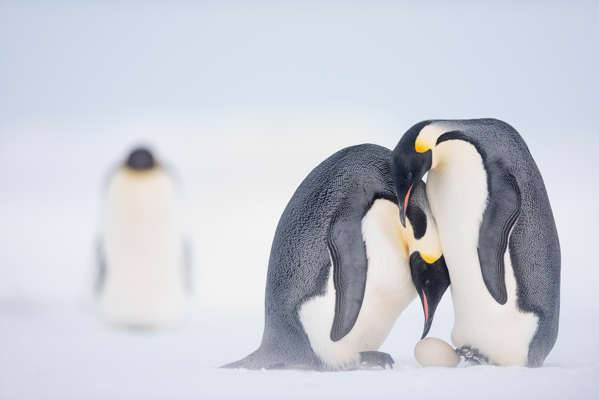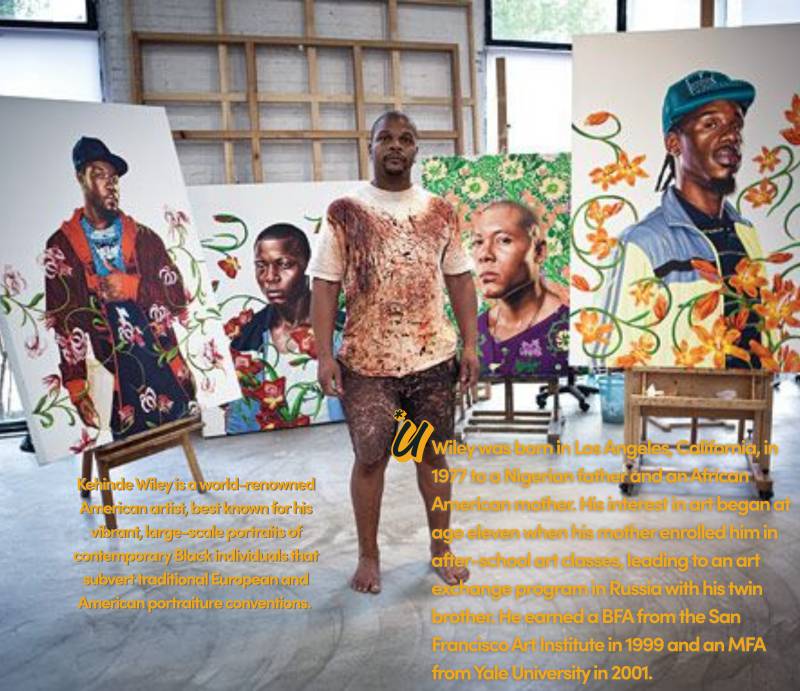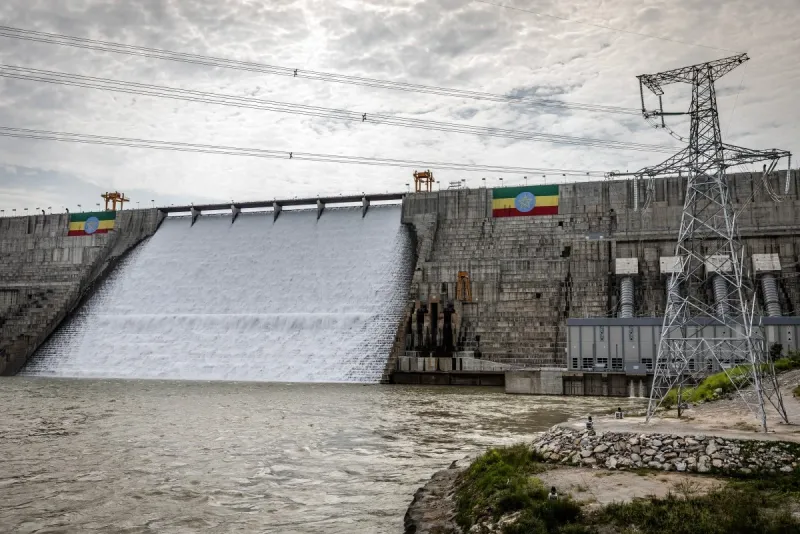The photo shows insects crawling across a white sheet in the Arizona desert. It’s nighttime and the sheet is illuminated with light, attracting critters that populate the Chiricahua Mountains—green stink bugs, sphinx moths, and others. To most of us, the photo appears to capture a menagerie of life. To scientists, it represents loss: Years ago in these mountains, you’d find many more species of insects, and rarer ones, crawling across the sheet. They’re gone now.
The photograph, by David Liittschwager, is a snapshot of a mass insect decline that’s reverberating across the globe. National Geographic photo editors chose it as one of our 26 best animal photos of the year.
Many of the chosen photos feature species that aren’t commonly seen, like some of Liittschwager’s insects, says photo editor Ally Moreo, who curated the list. Illuminating little-known stories about animals “can help us, as humans, better coexist with them and understand that our actions can impact them in positive and negative ways,” she says.
Many of the photographs reflect how people devote their lives to helping animals. One of those is Karine Aigner’s image of harpy eagles. Large and highly endangered, the birds have new hope for survival with an innovative conservation program in the Amazon.
Doug Gimesy’s photograph shows flying foxes in Melbourne, Australia, baking to death in a clump on a tree in an extreme heatwave last December. Thousands of foxes died that day—but Gimesy also documented rescuers who worked in extreme heat to save hundreds more of the animals.
Other photographs chosen this year shed light on the complex and often controversial relationships between humans and captive animals. Mélanie Wegner documented the massive exotic wildlife industry in Texas: More than a million exotic animals, including oryxes and zebras, are bred, transported, and hunted for large sums of money at ranches across the state. Daniel Rolider documented carriage horses and their drivers in New York City; Greg Kahn photographed chimpanzees at a controversial North Carolina sanctuary.
Though most of these photos were captured before the COVID-19 pandemic, some were made during the past several months—in controlled environments, or safely from afar. (A lot of wildlife photography is “naturally socially distanced,” Moreo says.)
The pandemic affected the ability of many National Geographic photographers to travel into the field this year. That encouraged Jasper Doest to find a new wildlife photo project on his own doorstep while quarantined at home in the Netherlands. He turned his lens on a pair of pigeons that first started frequenting his family’s balcony—then ventured further into their home, to their living room couch, and even to his kids’ dollhouse.
Doest, whose photographs of performing Japanese snow monkeys and of a rescued flamingo named Bob are also featured in this selection, named the pigeons Ollie and Dollie. Their daily visits became a reminder of the reality that “we are not alone on this planet,” he writes. “And we need to share it with all living beings as if our lives depend on it.”
SOURCE : Nationalgeograhic




